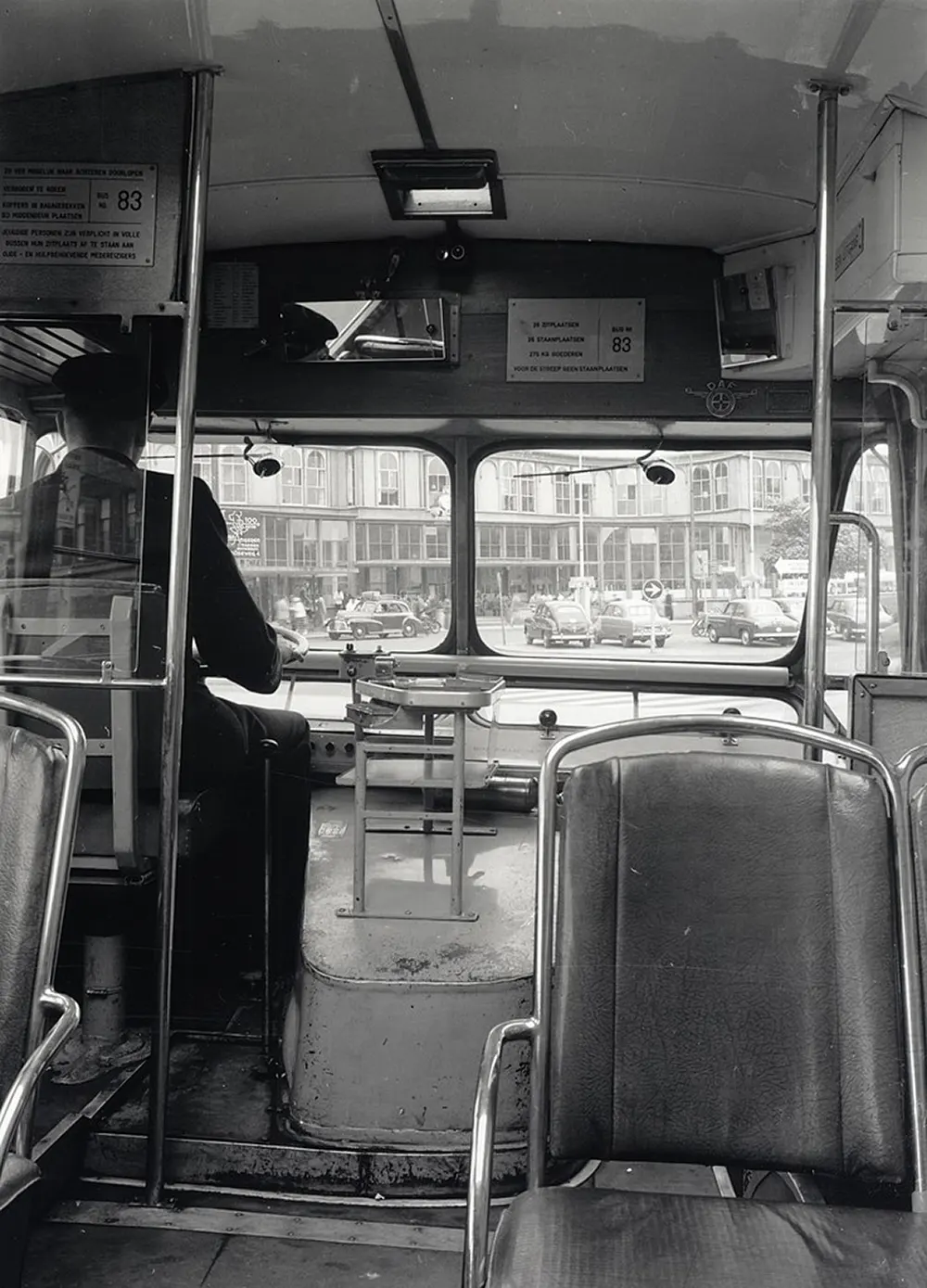
DAF Trucks is a renowned Dutch truck manufacturer with its headquarters and manufacturing facility situated in Eindhoven, in the Netherlands.
Among the noteworthy and renowned features of their trucks lies the concept of removable engines, which aimed to streamline maintenance processes for technicians and mechanics.
The idea behind this innovation was to offer a solution that allowed the engines of their trucks and buses to be completely taken out.
By adopting a “drawer-like” style engine bay, DAF Trucks intended to facilitate seamless access for mechanics during maintenance and repair operations.

While the concept seemed promising, it encountered significant challenges, ultimately preventing it from reaching mass production.
The unique engine layout necessitated the incorporation of a lengthy 5-feet slip yoke to control the drive shaft, a decision that inadvertently led to reduced overall reliability and increased complexity.
Although the intention was to simplify part swapping and engine removal, the reality proved otherwise.
The “drawer-like” style, despite its initial intent, presented additional complexities and complications, making maintenance tasks more cumbersome for technicians and mechanics.
Throughout history, automotive companies have recognized that vehicles that are simple to maintain can significantly impact operational efficiency, reduce downtime, and improve overall customer satisfaction.

A rare example where an engineer thought about the mechanic. (DAF-Domburg Diesel from 1949. Made in the Netherlands)
Engineers realized that intricate and convoluted engine layouts or components would increase maintenance complexities, leading to higher costs and longer repair times.
Consequently, manufacturers strived to strike a balance between innovation and practicality, emphasizing user-friendliness for mechanics and technicians.
A maintenance-oriented approach in design offers several distinct advantages. Simplified maintenance processes result in quicker repairs and reduced downtime, crucial factors for commercial vehicle operators seeking to maximize productivity and minimize operating costs.
Furthermore, maintenance-friendly designs enhance the longevity of vehicles, as regular upkeep becomes more manageable and is less likely to be neglected due to complexity.

DAF Trucks was founded in 1928 by Hub van Doorne and his brother Wim van Doorne as “Van Doorne’s Aanhangwagen Fabriek” (Van Doorne’s Trailer Factory) in the city of Eindhoven, Netherlands. Initially, they focused on building trailers and semi-trailers for commercial vehicles.
The breakthrough for DAF came in the 1950s when they introduced their first commercial truck, the DAF A30.
This truck was notable for its innovative Variomatic continuously variable transmission (CVT) system, which allowed smooth and automatic gear shifting without the need for a conventional gearbox.

The CVT was a revolutionary concept and positioned DAF as a forward-thinking and innovative company in the automotive industry.

In the subsequent years, DAF continued to expand its truck portfolio and made significant advancements in engine technology, focusing on fuel efficiency and environmental performance.
The company’s reputation for engineering excellence and reliable trucks grew, earning them a strong presence in various European markets.
In 1975, DAF encountered financial difficulties, leading to the company’s truck division being split from the car division.
The truck division was then reestablished as DAF Trucks N.V., and the British-based PACCAR Inc. acquired the majority of the company’s shares.
This partnership provided DAF Trucks with the necessary resources and support to grow further.
Over the years, DAF has garnered a reputation for producing high-quality, reliable, and fuel-efficient trucks, tailored to meet the needs of various industries, including long-haul transport, distribution, construction, and more.
(Photo credit: Wikimedia Commons / Pinterest).
Updated on: July 26, 2023
Any factual error or typo? Let us know.




63qxfx